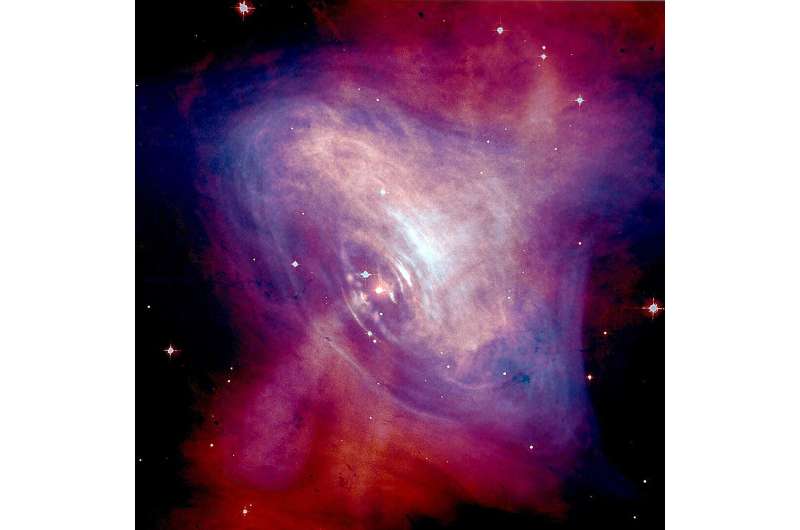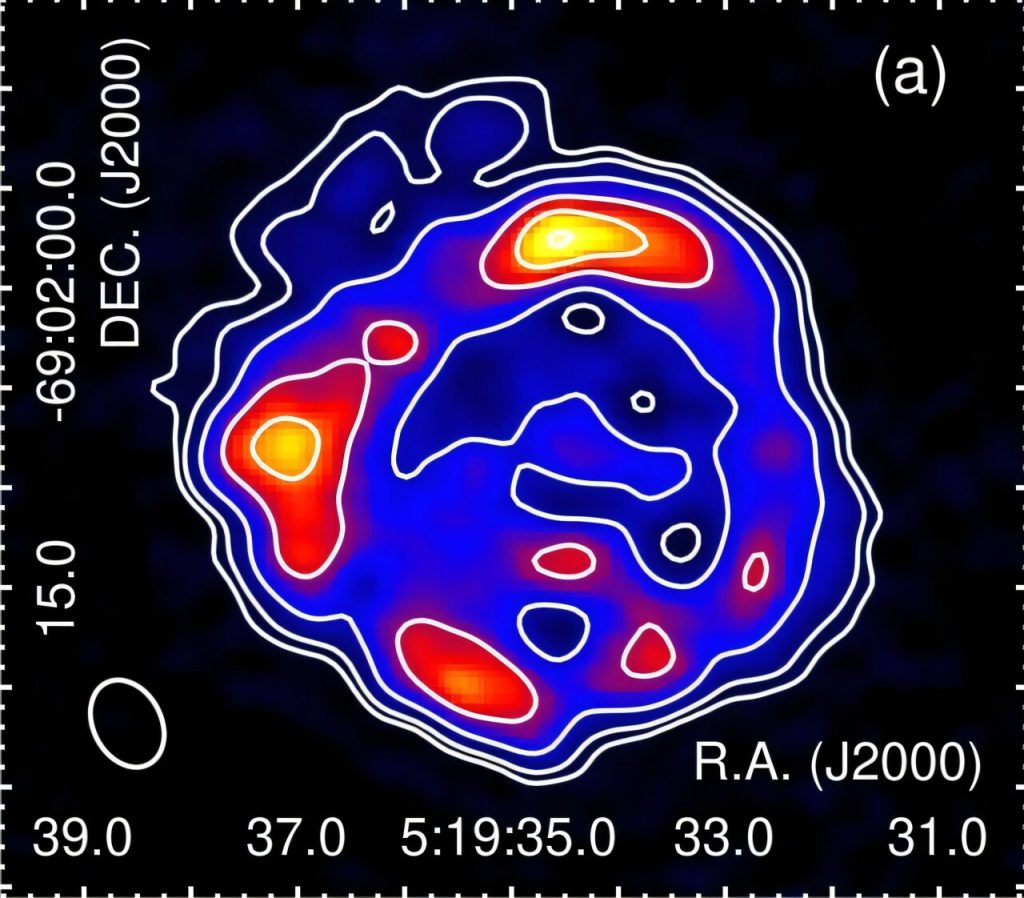
Ever wondered how some stars seem to defy the odds? Well, new research is shedding light on this cosmic mystery! In a stunning revelation, scientists have discovered pulsars—stars that spin rapidly and emit beams of radiation—that continue to shine even after they should have gone dark. Let’s delve into this fascinating discovery, which brings a touch of the unexpected and a sprinkle of wonder to our understanding of the universe!
For years, researchers have understood that pulsars, like PSR J0250+5854 and PSR J2144-3933, should eventually lose their energy and fall silent. This theoretical cutoff point is known as the “death line,” where a pulsar is anticipated to stop pulsating altogether. However, these two pulsars have confused astronomers by continuing to send out signals despite being below this expected limit!
A team of researchers from Peking University has bravely stepped into this cosmic puzzle. Their groundbreaking studies suggest that the secret to the pulsars’ unusual persistence might lie in tiny, almost imperceptible mountains on their surfaces. But don’t let the term “mountains” fool you! These peaks are more like minuscule bumps, only about a centimeter tall—the size of a fingernail. On a neutron star, where gravity is a staggering 100 billion times stronger than on Earth, such little bumps can have colossal consequences!
Led by the innovative Zi-Hao Xu, the team developed sophisticated computer simulations to explore how these small features can impact the pulsars’ powerful electric fields. They discovered that these tiny elevations dramatically enhance the local electric field, allowing the pulsar to spark and accelerate particles. This action leads to the cascades of electrons and positrons that create radio waves, keeping the pulsar’s beacon shining bright!
Furthermore, the researchers have proposed an intriguing idea about the composition of neutron stars themselves. They suggest these stars might be constructed from “strangeon matter,” a rare form of matter that adheres together with an incredibly strong nuclear force. Such strong binding could enable the maintenance of these surface features in the harsh environments found on neutron stars.
But that’s not all! This study also delves into pulsar “glitches”—those sudden changes in spinning speed that leave scientists scratching their heads. With their findings, it might be that the birth or death of these mini mountains could explain these glitches, opening new avenues for studying the internal structures of these extraordinary stars.
Through innovative research, the universe is revealing its secrets little by little. Pulsars that shouldn’t exist continue to enlighten our understanding of stellar evolution, reminding us just how wondrous and mysterious our cosmos can be.
More information:
Zi-Hao Xu et al, Pulsar Sparking: What if mountains on the surface?, arXiv (2025). DOI: 10.48550/arxiv.2506.12305
If you would like to see similar science posts like this, click here & share this article with your friends!


